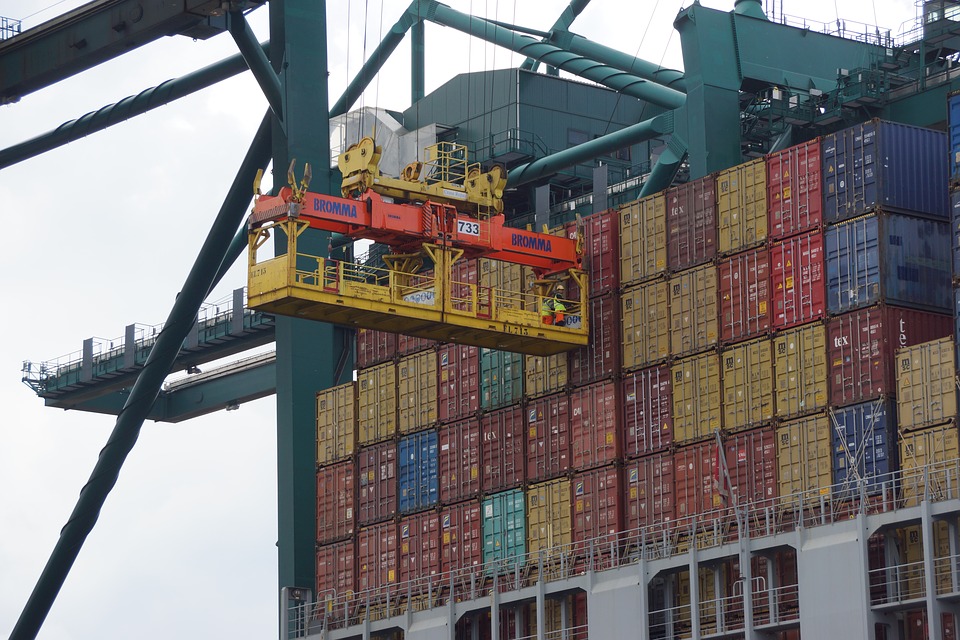Retailers’ reverse logistics challenges present an opportunity for industrial real estate investors.
With online retail sales rising by 10 percent annually, the volume of returns is also growing. According to research from market data firm Statista, returns for online sales tend to be two to three times more frequent than returns for in-store sales, with 15 to 30 percent of online purchases returned, compared to 8 to 9 percent of merchandise bought in-store. UPS estimates that nearly $42 billion of the total $138 billion in products sold online during the 2019 holiday season in the U.S. will be returned, which is up from $37 billion the previous year.
The longer it takes for items to be returned and processed, the greater the depreciation on the merchandise, especially for fashion apparel and seasonal products, notes David Egan, CBRE head of industrial & logistics research, Americas & Global. Reverse logistics software provider Optoro estimates that the value of apparel depreciates by 20 to 50 percent within eight to 16 weeks, and electronics lose 4 to 8 percent of their value per month. The challenge for retailers, according to Egan, is to get returned items back into inventory for resale quickly.
Apparel returns comprise a huge chunk of reverse logistics because without the physical experience of seeing, touching or trying on an item, online shoppers tend to buy multiple items with the intent of returning most of them, Egan notes.





